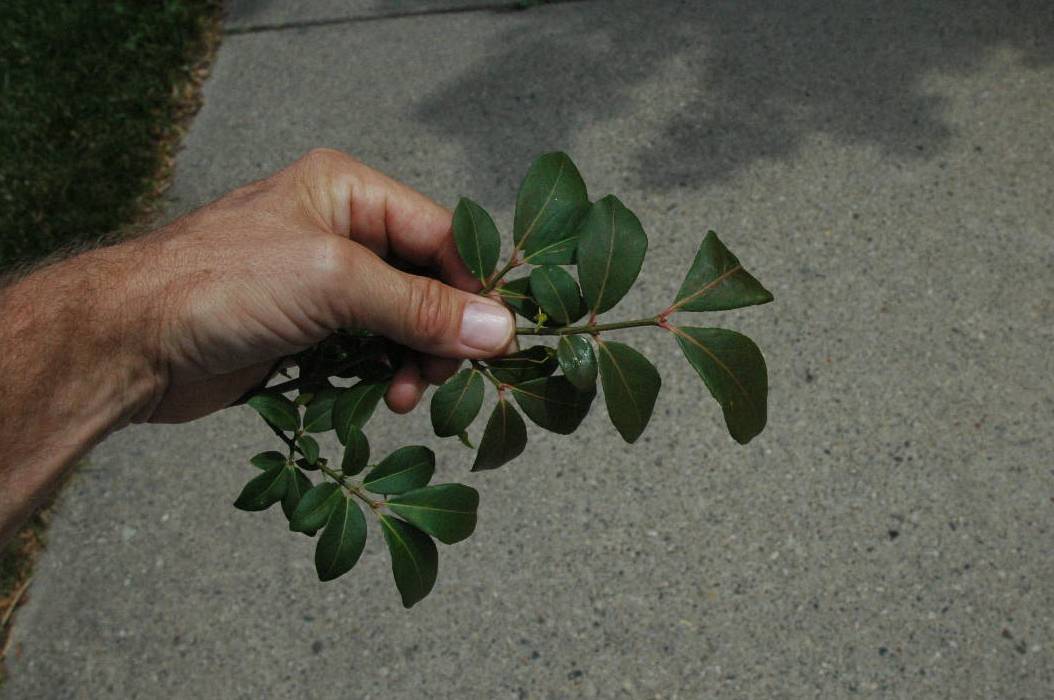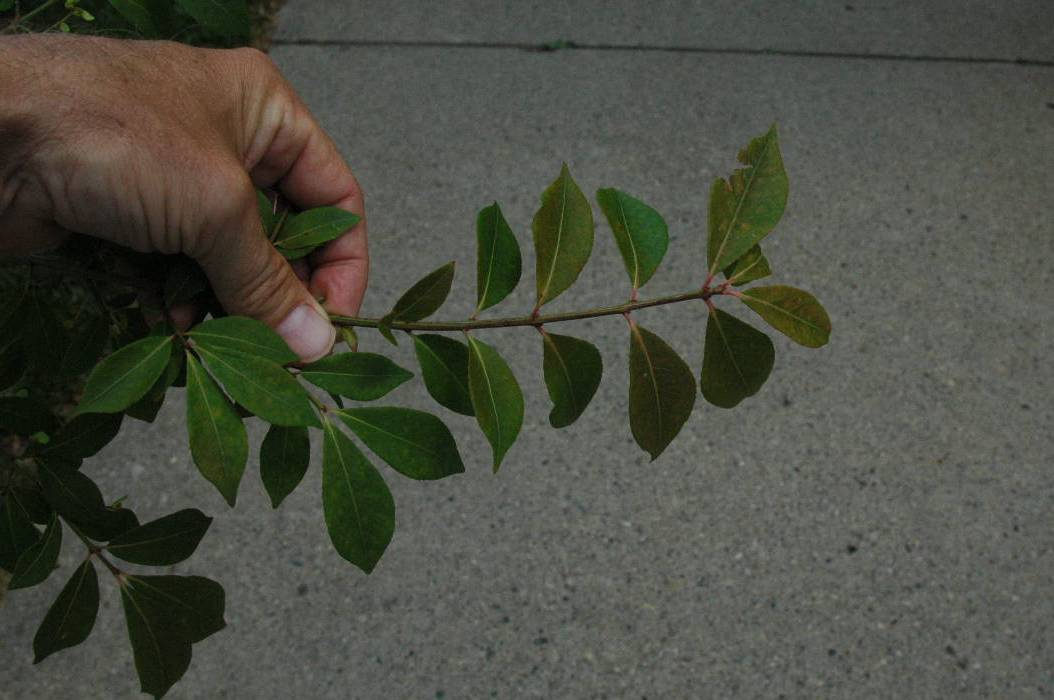Admitting you’re wrong is difficult. For exhibit A see the recent discussion between me and Jeff over alternative nursery containers. We all like to think we’re open-minded but when push comes to shove we all end up like the Fonz on Happy Days when it comes time to say ‘I was wrrrrr… I was wrrrr…. I was not exactly right.” http://www.youtube.com/watch?v=uwkU8-d1gIk As scientists we’re supposed to be objective and base our judgments on verifiable data and careful and repeatable observations. But, as humans, we all have biases and preconceived notions that are hard to get around.
So here’s a challenge for our Garden Professors readers (and my fellow GP’s too). Give an example of a case where you’ve changed your mind about a landscape or gardening practice or product. And what did it take to change your way of thinking and make you say, “Ya know, maybe I was not exactly right.”
I’ll start. I have long been dubious about is the use of plant growth retardants (PGR’s) on landscape plants. PGR’s are chemicals that reduce plant growth, usually by inhibiting shoot elongation. There are a variety of PGR’s on the market but most work by inhibiting plant growth hormones such as gibberilin or auxins. PGR’s have long been used by bedding plant producers to make plants more compact and easier to handle and ship. One PGR, paclobutrazol, has been heavily marketed in recent years to control growth in landscape trees and shrubs. The effectiveness of paclobutrazol at controlling plant growth has been well established in the literature, though there are some exceptions. My long-held skepticism toward the landscape application of PGR’s stems from a couple factors. First, the marketing claims are pretty fantastic: Not only does it control growth but it improves drought tolerance, heat tolerance, insect resistance, and disease resistance (no word on how it does on getting spots out of rugs). Second, just because something works on containers of annuals in a greenhouse doesn’t mean it will work on trees and shrubs in the field with variable soils, weather, etc. Third, why bother? If something is growing too fast; back off the fertilizer, head it back with the Felco’s, or take it out and put something more appropriate there.
What changed my mind. I’ve seen a couple of effective applications of PGR’s on trees and shrubs that have made me re-evaluate my opinion. One was at a program at the Indiana Arborists Association a couple years ago. The study tracked pruning cycles following utility line clearance pruning. They found that treating trees with paclobutrazol following pruning reduced re-sprout growth and extended the cycle time between pruning by 2 to 3 years – which is a big deal to utility arborists. More recently, I’ve been observing shrubs here on campus that our landscape service group has been treating with paclobutrazol after pruning. Typically many shrubs are rejuvenated after pruning and put on a big flush of growth. The PGR application was effective in keeping this in check. (Some examples with burning bush appear below). Even to my highly skeptical eye, the treated plants just looked a heck of lot better than the untreated.
Do I believe all the marketing claims made about PGR’s for landscape plants? No. But for extending pruning cycles and keeping plants in check, I have to admit I was not exactly right.

Burning bush with PGR app.

Burning bush without PGR app. (Note treated and untreated were growing in same bed)

By controlling growth after pruning PGR application can help keep these shrubs in line and lengthen the time between pruning cycles.
I thought I was wrong once — but I was mistaken! Seriously, I’d say the biggest thing I’ve been wrong about is planting in the Fall in the North. When I first came to Minnesota from Georgia I thought Fall planting was a great idea — and I still do as long as you’re planting the right species. I’ve learned the hard way that all those nurserymen who told me not to plant birch or oak in the Fall were right — For me, success drops from over 90% in the spring to about 30-40%.
I constantly discover things that turn me around completely. Lately it’s been perennials from bare root versus plugs. I’ve always planted Dicentra sectabiilis (or whatever we’re supposed to call it now) from bare roots, but if you can find plugs, they finish earlier and root faster. Same with Astilbes – I love Astilbes from plugs now when we always used to plant bare root. The opposite is true for Coreopsis Moonbeam and upright sedums – bare root is awesome for summer sales when plugs take forever to finish. Just a few of many, many examples that turn me on my head.
Several years ago I was giving a seminar on natural vs. synthetic pesticides. I didn’t have very many examples of efficacious natural products, and was happy that I could include corn gluten meal for effective pre-emergent weed control. There was a substantial data set from Iowa State University that supported my enthusiasm. Afterwards, my dear colleague Tim Miller informed me that CGM has little effect in our climate except as a great fertilizer for weeds. It was a good example, like Jeff’s, that some practices and products are climate dependent.
I found that one out today. And milky spore. Darn it.
I should have listened about 15yrs ago to an experienced landscaper not to plant crown vetch on our berm. (very large-300 dump truck loads of soil). Its about 80% gone but somehow got to another section of our property and I need to stop it soon!
Re: open minds
Would like to see a science based discussion on using biosolids in home vegetable gardens. Lots of myths and rumors out there.
I thought Monsato sued people when their pollen infiltrated other people’s seed.
NOPE.
I thought ground beef was red because it was dyed.
NOOOOPE.
I thought the most nutritious part of the potato was the skin.
Too bad I didn’t think it was the apple!
Lots and lots of other things. Those are some easy myths I was TOTALLY suckered by.